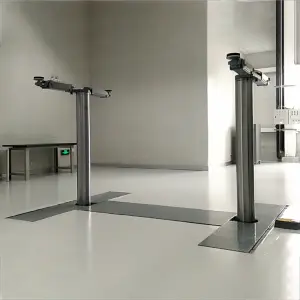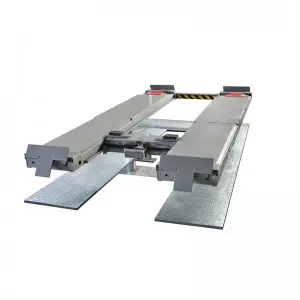Cylinders have been an essential component of human civilization for centuries. From their ancient origins to their modern applications, these cylindrical objects have played a crucial role in various fields, making them one of the most versatile shapes in existence. In this article, we will explore the fascinating history and diverse uses of cylinders.
The history of cylinders dates back to ancient times when civilizations like the Egyptians and Mesopotamians began using cylindrical objects for various purposes. The earliest cylindrical artifacts were made of materials such as clay and stone, often serving as containers for storing valuable goods. These early cylindrical vessels were not only practical but were also adorned with intricate designs, showcasing the craftsmanship of their creators.

The Fascinating History and Versatile Uses of Cylinders
One significant advancement in the use of cylinders occurred during the Hellenistic period when the concept of the cylinder was applied to engineering. The ancient Greek mathematician and inventor, Archimedes, is famous for his invention of the Archimedes screw, a cylindrical device used to lift water. The Archimedes screw became widely used for irrigation purposes and played a crucial role in agricultural development.
The advent of the Industrial Revolution in the 18th century revolutionized the production and application of cylinders. With the invention of the steam engine, cylinders gained newfound importance. A key component of steam engines, cylinders powered the Industrial Revolution, propelling the development of factories, transportation, and machinery.
The 19th century saw the emergence of one of the most influential cylindrical inventions – the internal combustion engine. Cylinders became an integral part of these engines, converting fuel into mechanical energy through the reciprocating motion of a piston. This groundbreaking technology sparked the rapid growth of the automotive industry and forever changed the way we travel and transport goods.
Beyond the realm of engines, cylinders found diverse applications in various fields. In manufacturing, hydraulic cylinders are widely used for heavy lifting and industrial machinery. These powerful devices are essential in construction, mining, and manufacturing processes, enabling the movement of heavy loads with precision and control.

The Fascinating History and Versatile Uses of Cylinders
Cylinders also play a vital role in the field of medicine. Oxygen cylinders, for example, are crucial for patients requiring respiratory support. These portable cylindrical containers allow the transportation and storage of compressed oxygen safely, allowing patients to receive the necessary medical care at home or in healthcare facilities.
Additionally, cylinders have found their way into the world of art and design. Cylindrical shapes are commonly used in architecture, with iconic examples like the curved cylindrical design of the Guggenheim Museum in Bilbao, Spain, showcasing the aesthetic appeal and versatility of this shape.

The Fascinating History and Versatile Uses of Cylinders
In the culinary world, the cylinder has become a popular presentation style for various dishes. Professional chefs and home cooks alike use cylindrical molds to create visually appealing and perfectly proportioned desserts, layered appetizers, and even savory dishes.
Furthermore, advancements in technology have led to the development of new and innovative cylindrical devices. The rise of 3D printing has enabled the creation of complex cylindrical shapes with remarkable precision. From customized prosthetics to intricate architectural models, this technology has opened up endless possibilities for cylindrical designs.
In conclusion, cylinders have a rich history and versatile range of uses that continue to shape our modern world. From ancient times to the present day, these cylindrical objects have been instrumental in areas such as engineering, transportation, medicine, art, and design. As technology advances, it is likely that the significance and application of cylinders will only grow, cementing their status as one of the most essential and adaptable shapes in human civilization.quick lift car lift
